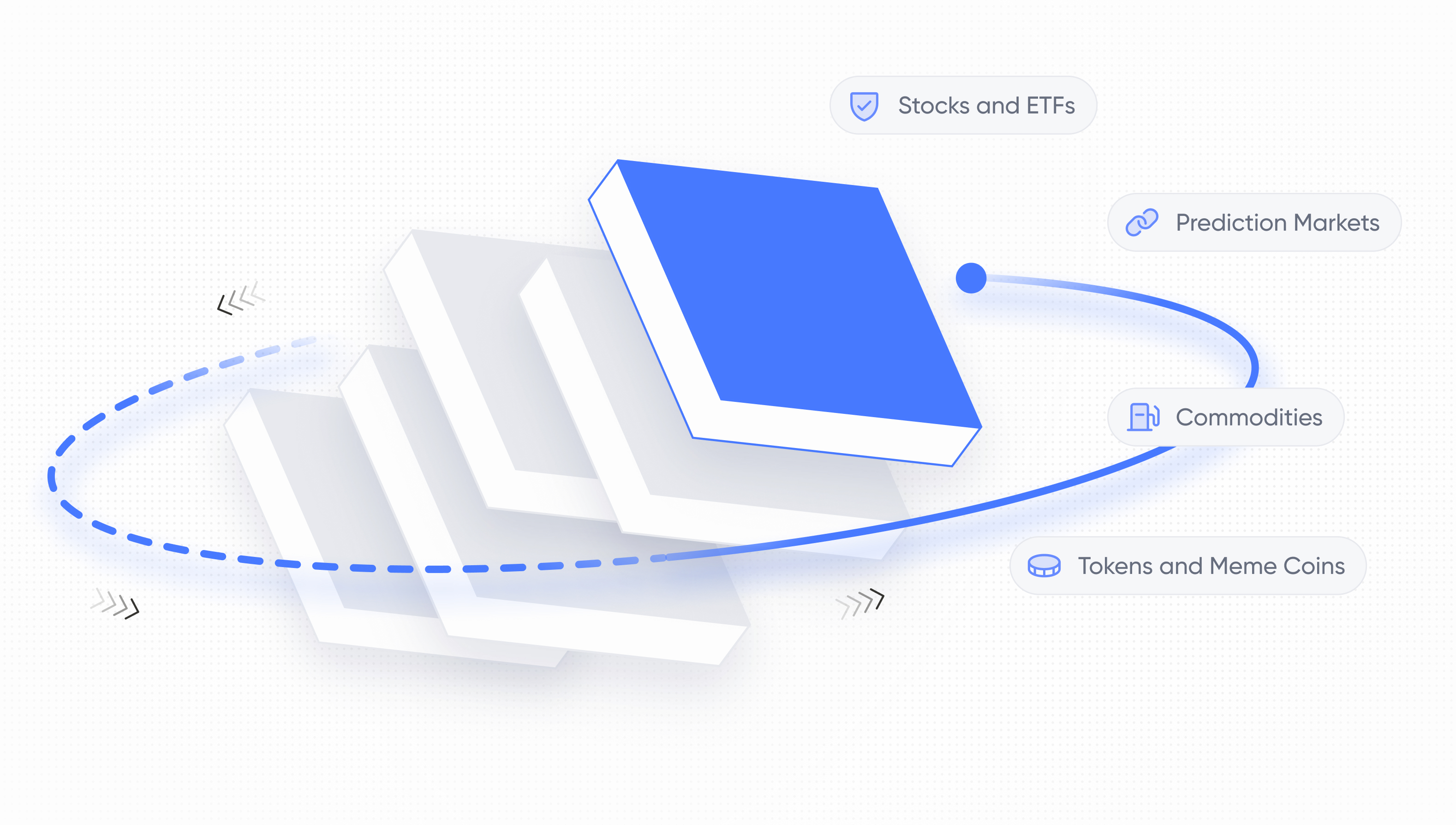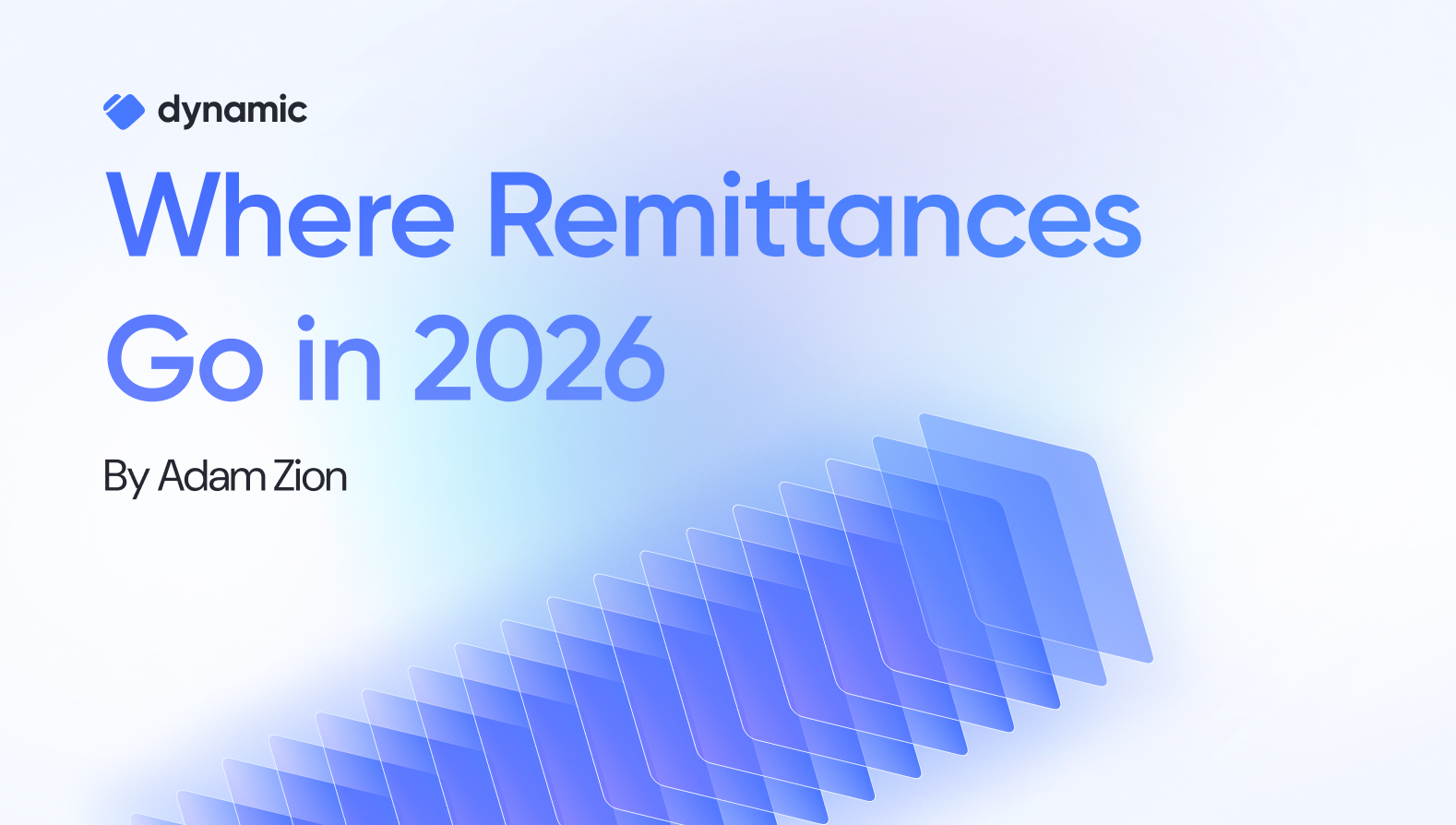Complex EIPs, simply explained: EIP-4844 (the Dencun upgrade)


Welcome to the second installment of Complex EIPs, simply explained. In this article, we’ll cover one of the most exciting up and coming EIPs - EIP-4844.
To read the first part of our EIPs series, click here. For more on gasless fee payments, Account Abstraction, and more, check out our blog.
TL;DR
Gas fees are annoying, and a good way of reducing those is bringing on layer 2 solutions (e.g., Optimism, Starkware ,etc.). However, those solutions write a lot of data onto Ethereum. Hence, you want to create better support for Layer 2s (“rollups”) on Ethereum that helps optimize their performance.
The ideal solution is sharding (cutting into pieces) all transactions and activities on ethereum but that’s hard. So instead of doing all of that, we start with the simplest thing- focusing on data sharding, called Proto-danksharding, or in other words, EIP-4844.
When EIP-4844 is implemented, you’ll get significantly reduced gas fees in Layer 2 transactions. It is the first step in a multi-step process that will take years.
The (slightly) longer version
Definitions you should know:
- Layer 2 (i.e. “rollup”) - chains that handle a large number of transactions, and write the results back to Ethereum. A Popular example is Base by Coinbase.
- Sharding - a method for dividing a big database into smaller, more manageable ones
- Layer 1 - a different name for Ethereum or other chains (Solana, Flow, etc.)
- EIP - the proposal mechanism for Ethereum changes. You can read more about it here.
- Data Blobs - a new transaction type to Ethereum which accepts batches of data
How we got here: the gas fee problem
If you were around web3 in early 2022 and tried to buy an NFT, you would know the pain that is high gas fees. Your NFT might cost $10, and the gas fees might cost an additional $30. That is of course not sustainable for a network that aims to take over as the global financial backbone.
What to do: we can solve high gas fees
The optimal way to solve gas fees is by sharding information on the chain. Sharding, in short, means cutting things into smaller pieces, making it so that it’s easier to process data. But sharding is really really hard, especially in distributed systems like Ethereum.
So, a better solution to solving gas fees is to move most transactions outside Ethereum by using a layer 2 “rollup”. The layer 2 tackles a lot of the transactions, writing them back as a batch to the main Ethereum chain, thus reducing a large burden on the main chain itself. (btw, there are two main types of rollups - optimistic rollups, and zero-knowledge proof rollups).
But that too has its problems. Ethereum wasn’t originally designed to support layer 2s, and has some quirks as a result.
And that’s where 4844 comes in. In short, it aims to create a nicer setup for those layer 2 chains, making it easier for them to interact with Ethereum, and as a result, allows them to reduce their own gas fees for transactions.
It’s a progressive roadmap
As described above, 4844 isn’t the goal, but rather a step towards the goal. In an ideal world, Ethereum will infinitely scale, with danksharding significantly increasing transactions per second. But given that’s hard, the community is tackling proto-danksharding first, followed by danksharding. It is a part of the ethereum rollup centric roadmap.
The technical details
We’re not going to go into too much here, but in short, what this EIP does is introduce a new transaction type to Ethereum called a blob. Unlike blocks, blobs are stored for a shorter period of time. It also involves complex cryptography, such as KZG commitments.
Side note: why it’s called proto-danksharding?
Glad you asked! In short, it’s named after two individuals who came up with a lot of these concepts:
- Dankrad Feist (Dank) - researcher at the Ethereum foundation
- Protolambda - researcher at OP labs (Optimism)
What’s next?
The EIP-4844 is an exciting upgrade to Ethereum. If you take nothing else away from this article, just remember that with EIP-4844 you get lower gas fees, faster transactions, and a move in the right direction for the ecosystem, both Ethereum and the layer 2s around it.
This blog post aims to cover the basics of these advanced topics, and we encourage you (yes, you) to dive into details and learn more about these initiatives and their technical ins and outs. A few key resources to dive into are:
- https://eips.ethereum.org/EIPS/eip-4844
- https://ethereum.org/en/roadmap/danksharding/
- https://www.eip4844.com/
- https://www.youtube.com/watch?v=N5p0TB77flM
- https://ethereum-magicians.org/t/eip-4844-shard-blob-transactions/8430/1
Why does Dynamic care about EIP-4844
When large changes such as EIP-4844 happen within the ecosystem, we monitor them and directly implement changes as needed. As a web3 login provider, our goal is to abstract away the complexity from you, especially across chains.
The one constant in crypto is that there are no constants (enter Fight Club reference).
Let’s talk.
We host talks, interviews, and lead developer community engagements where we answer questions, discuss trends, and give away cool swag (of course). Join our Slack Community and stay up to date on everything.
Feeling ready? Sign up here. Need more information? Book a time to chat with our team.
Share this article



